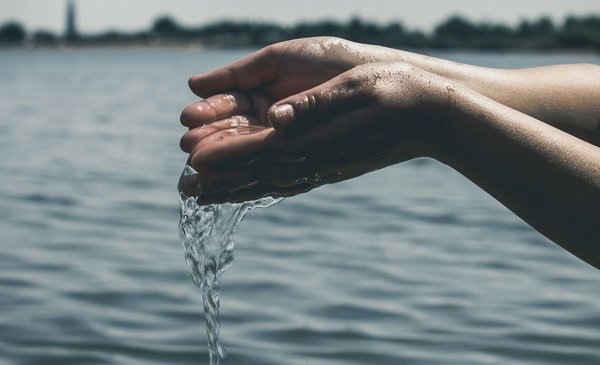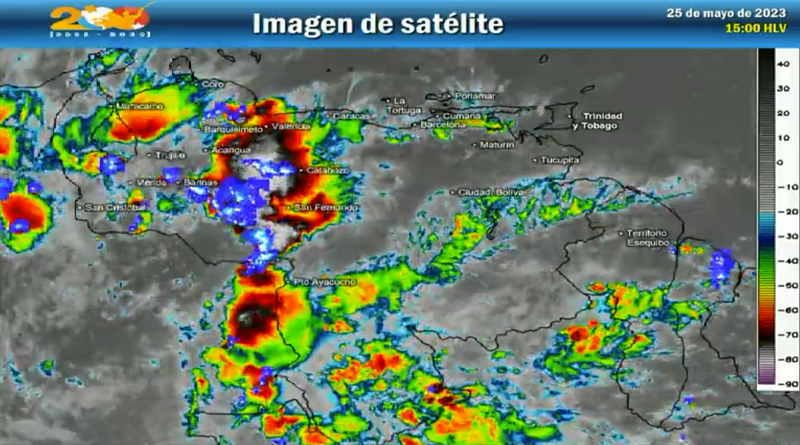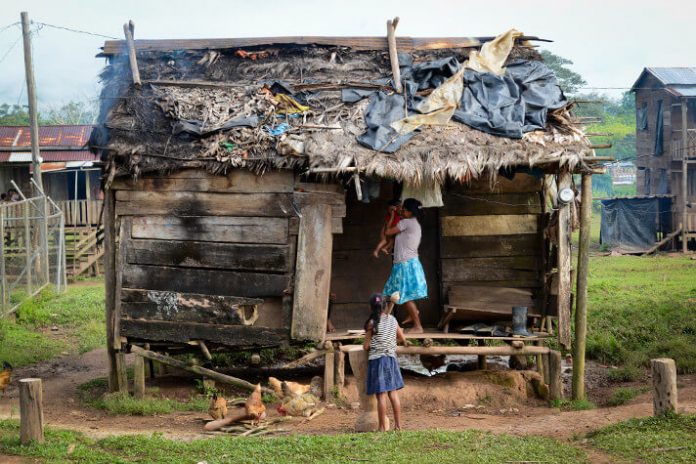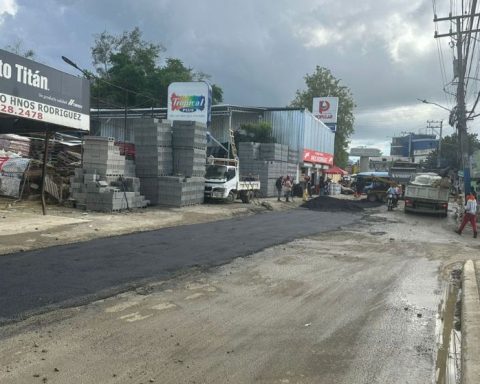The problem of water deficit It is affecting not only Uruguay, but several countries. In the region, droughts have not let up for at least three years. Therefore the problem for lack of water that is going through Montevideo and the metropolitan area forces look up and look at the experiences of other countries.
In 2022, given the great drought that had been going through Chili For several years, the government put together a “protocol of rationing in the Metropolitan Region” to make scheduled water outages by zones to help reduce the water deficit.
Closer in time, at the beginning of 2023, to face the drought in Monterrey Mexico, They supplied water by schedule, and the government opted to pump the resource for only six hours each day. The dams were practically dry.
In April, the Sierra Boyera reservoir dried up, which supplied some 70,000 people in Cordoba, Spain. Before the water ran out there, the government was mixing the fresh water from the reservoir with that obtained from the sea off the coast of Córdoba.
He Mexican Rodrigo Valladares, Master in Environmental Sciences and Engineeringsaid to The Observer that he “does not remember” having seen in other countries a solution like the one adopted by Uruguay: mixing fresh water with saltier water from the Río de la Plata. “It is quite particular. Countries make water cuts, that is more common,” he considered.
“It is up to each country to specify what it understands best for the conditions of its population,” said Miguel Doria, PhD in Environmental Sciences and Unesco regional hydrologist. based in Montevideo.
In this sense, the expert exemplified that if a survey were made to the inhabitants of Montevideo “Some people will prefer to have lower quality water all day and others will prefer to have two hours a day.”
For the Unesco expert, the decision on whether to reduce consumption, for example through cuts, or to worsen the quality of water is based on the use that people make of running water. Is the water going to impact all uses or is it going to affect the quality and only the direct consumption of that water?
Doria considered that it should be taken into account that “of the water that is produced at the urban level, 5% is consumed” (ingested) because most uses are domestic, such as bathe, clean the home, cook or regulate the plants.
In turn, he explained, that the scheduled cuts can have other consequences. “In case the pipes are old or damaged, the distribution system loses pressure, and with that contaminants from the soil can enter or rupture,” he said.
In some regions of Argentina “mixtures between surface water and groundwater have been done for several years,” he said. Juan Carlos Bertoni, president of the National Water Institute (INA) of Argentina. However, this solution is not the same in the different areas of that country, which has a very different geography in the south than in the metropolitan area, for example.
“In Buenos Aires, except for maintenance tasks, there are practically no scheduled water cuts,” but in the “mountain region, in Córdoba, yes,” said the INA president.
In the Córdoba region, in central Argentina, they implemented an alert system so that the population knows what they can do with running water and what not. If there was a dry period in winter and summer arrives without rain, yellow, orange and red alerts are issued, Bertoni said.
“Some uses of water are being prohibited. The first, for example, is tol Vehicle washing or sidewalk washing. And so progressively they leave restricting uses as the situation becomes more direuntil reaching a red emergency where what is prioritized is the consumption of drinking water”, explained Bertoni.
quality and care
The norm of the World Health Organization mark that it is desirable that the drinking water offered by the countries have between 300 and 600 milligrams per liter of total dissolved solids – that is, sodium, chloride and other compounds.
But, each country has its own regulation. In Uruguay the limit is 1,000 milligrams per liter of solids. That maximum is now being exceeded and, according to OSE data, the value is above 1,500.
In Mexico and Argentina the standard also marks 1,000 milligrams per liter as a cap for total solids in water, but Brazil and United States are more demanding: the limit is 500.
“With 1,000 milligrams per liter (water) It is suitable for human consumption, to make it drinkable. (Exceeding the limit) is not serious, but it does affect the acceptability of the water,” explained the expert. Mexican Valladares, in line with what the Uruguayan government has maintained regarding the taste of OSE water since the end of April.
However, for Valladares The increase in sodium and chloride in the water –product of the mixture of fresh water with the salt water of the Río de la Plata– is not a long-term strategy. “The next step is to remove the salts from the water” through desalination plants, he said.
If the water is kept for a certain time with High levels of salt cause effects – in addition to health, such as hypertensives – in the pipes, pipes or faucets. This is due to scale buildup on the fixtures. “or on any surface that touches the water,” That will happen if these levels of sodium and chlorides are continuous. In any case, “the WHO does not mark this as a health problem or something that affects the water,” Valladares pointed out.
He Unesco expert, who lives in Montevideo, considered that “we must invest in a new culture” of water. Doria proposed that knowledge be addressed. “Groundwater exists. You have to know it better. Uruguay, for example, in a territory that is much further north, is with the Guaraní aquifer, which is one of the fastest in the world, with fresh water.” In the aquifer, the water drains easily and that helps to have underground reserves easier.
In turn, he considered that there must be “cooperation” because Uruguay is downstream of the Río de la Plata and on the border with Brazil it also has the Merín lagoon. “This guarantees cooperation so that there is at least management or an understanding of how to manage these resources,” she said, adding that it is about “guaranteeing water for consumption, but also the maintenance of ecosystems.”
He Argentinian Bertoni is optimistic regarding the outlook for the water deficit that awaits the region: “Both Uruguay and Argentina are coming out of the drought that has affected us for three years. The latest rains that are even occurring in Uruguay, in the region of the Metropolitan Area of Buenos Aires and in the central region of Argentina give an indication that The violent drought that we have had during this time is practically receding,” he said.
And the rains?
Between midnight on Wednesday and this Friday afternoon, 45 millimeters of rain fell on the Paso Severino dam and 41 millimeters fell on Santa Lucía, according to data from Inumet.
However, these rainy days will end on Saturday. The extended forecast until June 8 marked a new dry period in which there will be no “significant” rains in the Santa Lucia basin, according to Inumet. The same will happen in the Río de la Plata account.
















